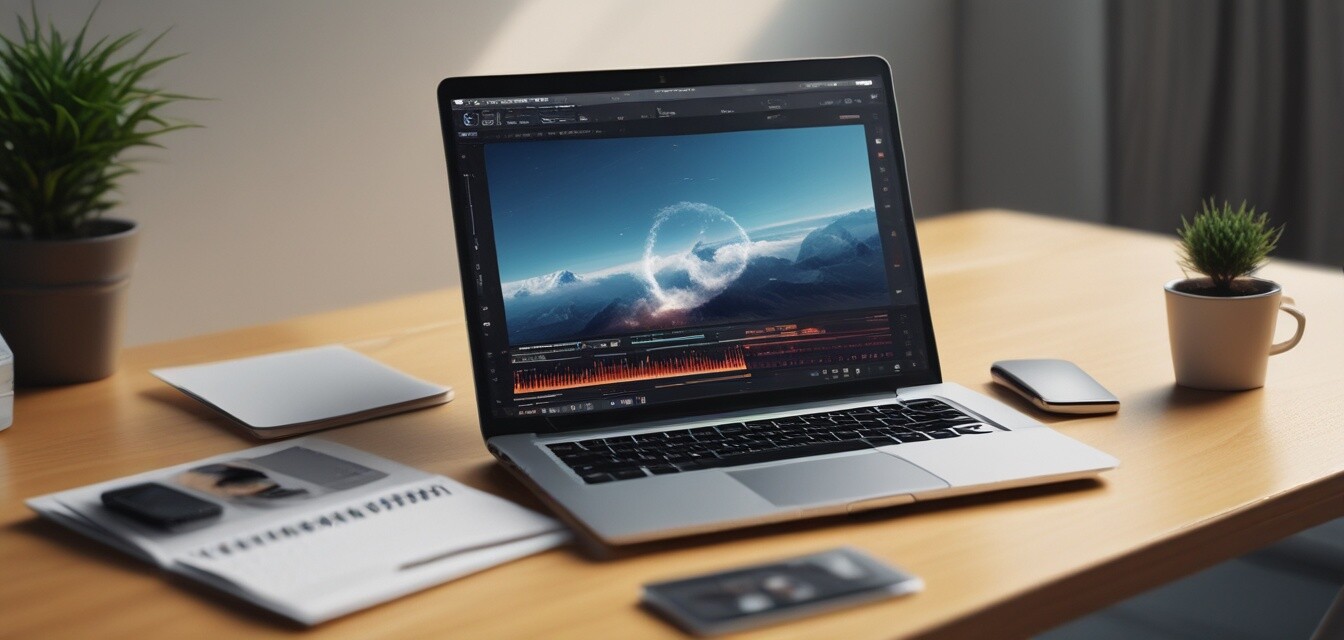
Quick fixes for common laptop performance issues
Key Takeaways
- Laptop performance issues can stem from various factors, including software, hardware, and user habits.
- Regular maintenance is crucial for optimal performance, including software updates and disk cleanup.
- Simple fixes like managing startup items and cleaning up hard drive space can drastically improve performance.
- Understanding the common symptoms of performance issues can help you address them quickly.
Whether you use your laptop for work, school, or leisure, experiencing performance issues can be frustrating. Many users encounter slow startup times, lagging applications, or reduced battery life. The good news is that many common performance problems have quick and easy solutions. In this article, we’ll explore the most common laptop performance issues and the recommended fixes to help optimize your device.
Common performance issues
| Issue | Description |
|---|---|
| Slow Startup Times | Your laptop takes too long to boot up. |
| Lagging Applications | Programs become unresponsive or take a long time to open. |
| Overheating | The laptop gets excessively hot while in use. |
| Poor Battery Life | Your laptop battery drains quicker than expected. |
| Crashing or Freezing | The system tends to crash or freezes often. |
Quick fixes for performance issues
1. Manage startup programs
Reducing the number of programs that run at startup can greatly improve your laptop's boot time. Here's how you can do it:
- Press Ctrl + Shift + Esc to open the Task Manager.
- Click on the Startup tab.
- Disable non-essential programs that you do not need to run at startup.
2. Free up hard drive space
A cluttered hard drive can slow down your laptop significantly. To clean it up:
- Go to This PC, right-click your hard drive, and select Properties.
- Click on Disk Cleanup to remove unnecessary files.
- Consider uninstalling programs you no longer use.
3. Update your operating system and drivers
Keeping your OS and drivers up to date ensures optimal performance. Regular updates include valuable fixes and improvements. To check for updates:
- Open Settings and click on Update & Security.
- Select Check for updates and install any available updates.
4. Optimize your system's performance settings
Adjusting your performance settings can boost speed:
- Go to Control Panel and select System and Security.
- Click on System and then Advanced system settings.
- In the Performance section, click on Settings and choose Adjust for best performance.
5. Manage browser tabs and extensions
If you frequently use your web browser and notice lagging, consider:
- Closing unnecessary tabs.
- Disabling or removing browser extensions that you rarely use.
When to seek professional help
If you've tried the above fixes and your laptop is still experiencing performance issues, it may be time to seek professional assistance. Here are some signals to watch for:
- Strange noises coming from the hardware.
- Persistent overheating despite cleanup.
- Frequent crashes or blue screens of death.
- Battery issues that do not resolve with optimization efforts.
Conclusion
Addressing common performance issues can lead to significant improvements in your laptop's functionality. By applying these quick fixes, you can enhance your productivity and enjoy a smoother computing experience. Regular maintenance, such as managing startup programs, cleaning up your hard drive, and keeping your software up to date, plays a vital role in preserving your laptop's performance.
Additional resources
For more tips on maximizing your device's performance, check out our resources:
Pros
- Improved boot time with reduced startup programs
- Faster application response by cleaning hard drive
- Extended battery life with performance optimizations
Cons
- Some fixes may require additional software
- Users may need to learn new management strategies